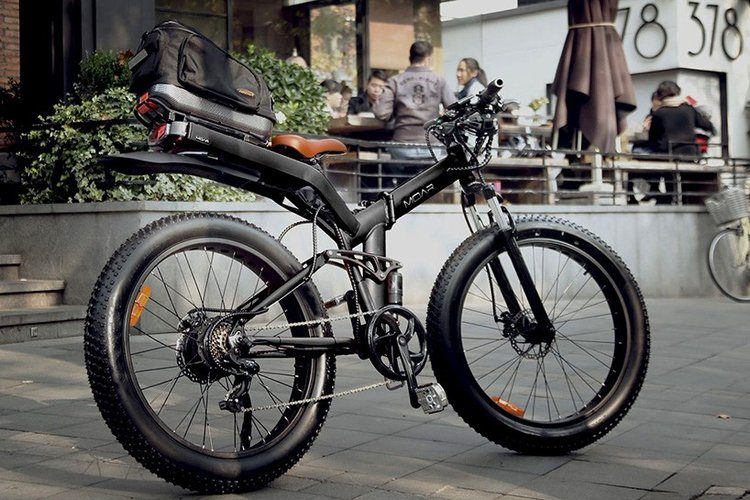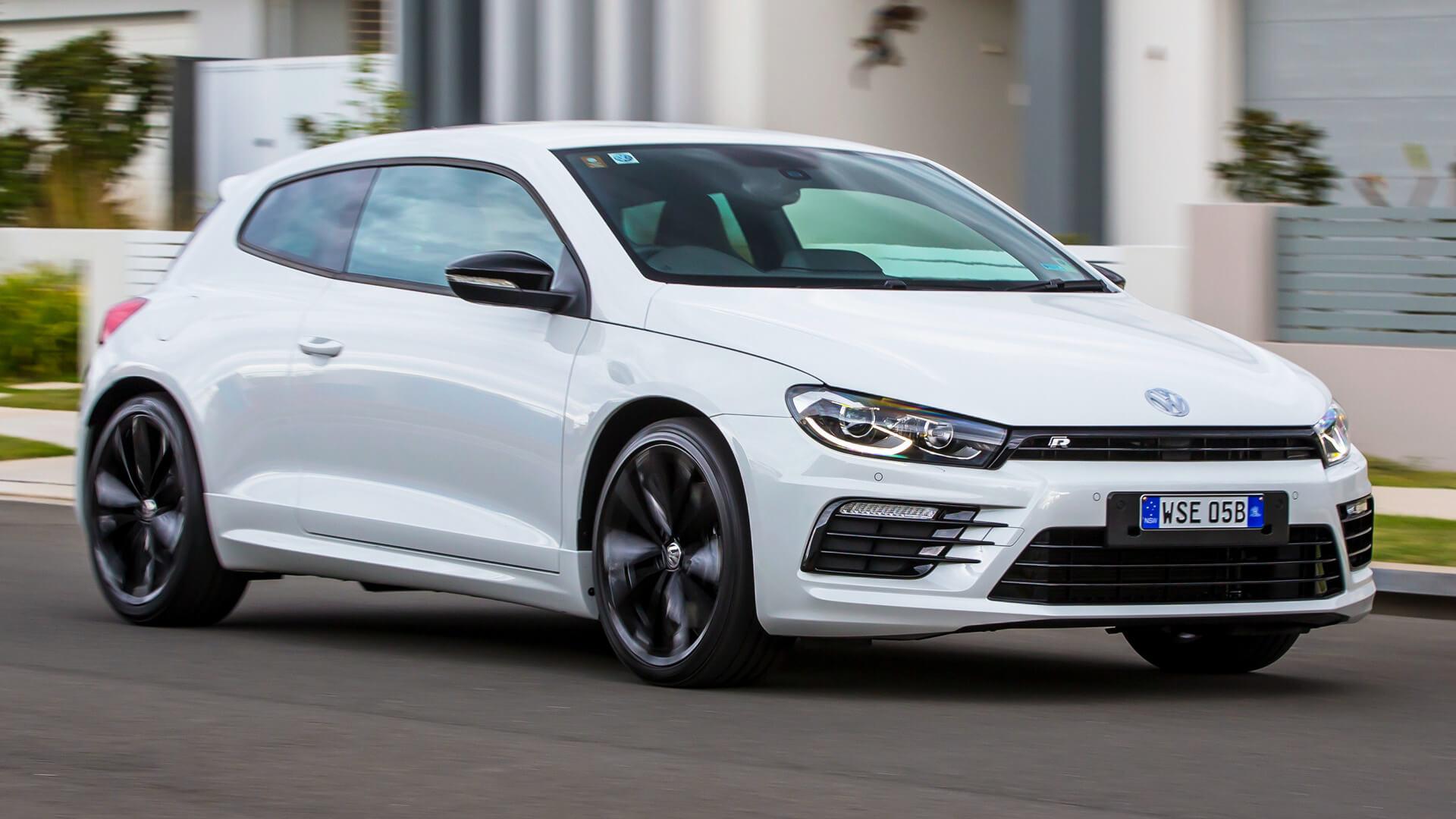
Volkswagen Sirocco. Classic with character
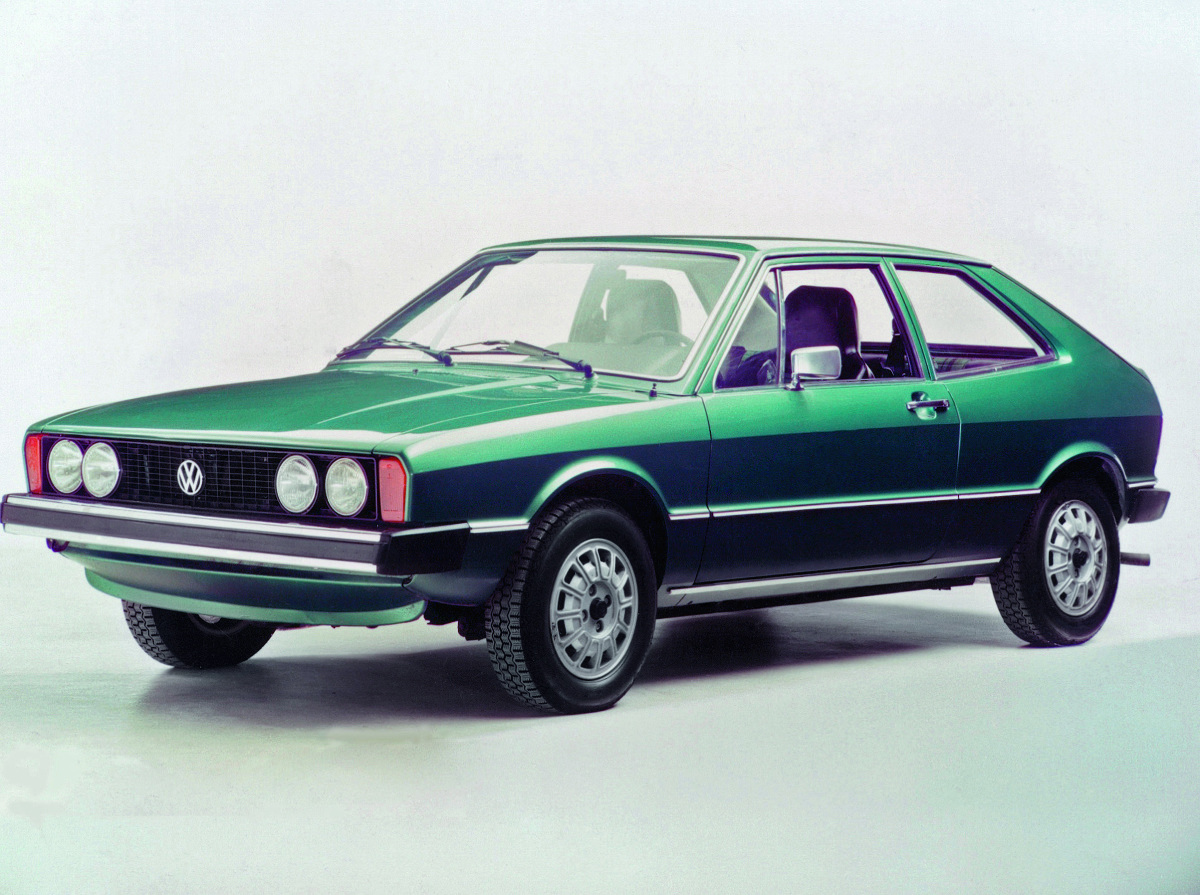 Named after the hot, dry wind of the Sahara, it blew the remnants of Volkswagen showroom models that were pushed back in the seventies by a still-locked rear-wheel drive. It had a transverse front engine and front wheel drive as well as a folding rear bench. Unusual for a sports car.
Named after the hot, dry wind of the Sahara, it blew the remnants of Volkswagen showroom models that were pushed back in the seventies by a still-locked rear-wheel drive. It had a transverse front engine and front wheel drive as well as a folding rear bench. Unusual for a sports car.
This is not surprising now, but 40 years ago, fast cars mostly had driven rear wheels, and their practical side left much to be desired. Often the driver barely fit, let alone his luggage. The Scirocco was innovative in two respects. He heralded a new, modern generation of Volkswagen and argued that when driving a sports car, one does not have to give up numerous companies and large purchases.
 In addition to the K70 model adopted from NSU, the first front-wheel drive Volkswagen was the Passat, shown in May 1973. The Scirocco was next, debuting in Geneva in the spring of 1974, followed by the Golf in the summer. The first wave of news was closed in the spring of 1975 by little Polo. Scirocco was a niche model, and the early debut can be explained by the desire to "raise the dust" before the presentation of the brand's key model Golf. Both cars had a common floor plate, suspension and transmission. Both were styled by Giorgetto Giugiaro, skillfully using the same theme to create two different cars.
In addition to the K70 model adopted from NSU, the first front-wheel drive Volkswagen was the Passat, shown in May 1973. The Scirocco was next, debuting in Geneva in the spring of 1974, followed by the Golf in the summer. The first wave of news was closed in the spring of 1975 by little Polo. Scirocco was a niche model, and the early debut can be explained by the desire to "raise the dust" before the presentation of the brand's key model Golf. Both cars had a common floor plate, suspension and transmission. Both were styled by Giorgetto Giugiaro, skillfully using the same theme to create two different cars.
Different, but related. Not only in design and appearance, but also in its versatility. The Scirocco idea was similar to the Mustang or Capri idea. It was a beautiful, practical car with a sporty look. Attractive, but without vices. For this reason, the original engine range started with a modest 1,1L with 50 hp. It allowed to accelerate to “hundreds” in 18 seconds, but made it possible to enjoy a beautiful car cheaply. The comparable Ford Capri 1.3 was even slightly slower. In addition, 1,5-liter units were available, developing 70 and 85 hp. The fastest Scirocco accelerated to 100 km/h in 11 seconds. He was no above average, at least in the beginning.
 The Volkswagen had a trunk volume of 340 liters, which could be increased to 880 liters, the Ford Capri had corresponding sizes of 230 and 640 liters, the Scirocco had a shorter wheelbase and was less than 4 meters in length. He was neither taller nor wider. Designers "packed" it like a backpack of an exemplary scout. The Fiat 128 Sport Coupé, similar in size, had a luggage compartment of 350 liters, but without a large tailgate and had only 4 seats. Spacious interiors with small external dimensions were the strong point of French manufacturers. But even they did not dare to measure sports cars with the same yardstick. The change in approach to building a "fun car" is best seen by comparing the Scirocco to its direct ancestor, the Volkswagen Karmann Ghia (Type 14). Although the new sports model was smaller than its predecessor and about 100 kg lighter, it offered much more, mostly 5 seats inside.
The Volkswagen had a trunk volume of 340 liters, which could be increased to 880 liters, the Ford Capri had corresponding sizes of 230 and 640 liters, the Scirocco had a shorter wheelbase and was less than 4 meters in length. He was neither taller nor wider. Designers "packed" it like a backpack of an exemplary scout. The Fiat 128 Sport Coupé, similar in size, had a luggage compartment of 350 liters, but without a large tailgate and had only 4 seats. Spacious interiors with small external dimensions were the strong point of French manufacturers. But even they did not dare to measure sports cars with the same yardstick. The change in approach to building a "fun car" is best seen by comparing the Scirocco to its direct ancestor, the Volkswagen Karmann Ghia (Type 14). Although the new sports model was smaller than its predecessor and about 100 kg lighter, it offered much more, mostly 5 seats inside.
In total, the first Scirocco used eight engines ranging from 50 to 110 hp. The most powerful of these, the 1.6, joined in August 1976 and became the first and only 5-speed transmission three years later. It was equipped with Bosch's K-Jetronic mechanical injection. He was a hair ahead of the launch of the Golf GTI with the same engine and debuted in 1976 in Frankfurt am Main. These cars had almost the same characteristics, although the Scirocco was slightly faster according to the official technical data.
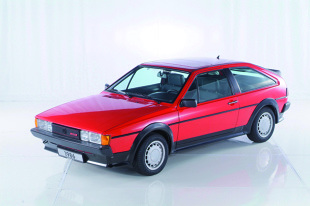 The second generation Scirocco was produced in 1981-1992. He was bigger and heavier. It weighed as much as the Karmann Ghia, or even more, in some versions approaching a ton. The body, however, had a lower drag coefficient C.x= 0,38 (predecessor 0,42) and covered a larger trunk. Stylistically not too original, though aesthetically pleasing, the Scirocco II, like other XNUMXs cars, suffered from plastic fouling. Today, it can arouse curiosity as a typical car of its era.”
The second generation Scirocco was produced in 1981-1992. He was bigger and heavier. It weighed as much as the Karmann Ghia, or even more, in some versions approaching a ton. The body, however, had a lower drag coefficient C.x= 0,38 (predecessor 0,42) and covered a larger trunk. Stylistically not too original, though aesthetically pleasing, the Scirocco II, like other XNUMXs cars, suffered from plastic fouling. Today, it can arouse curiosity as a typical car of its era.”
See also: Skoda Octavia vs. Toyota Corolla. Duel in segment C
Over the years, 11 engines have been used to drive it, ranging from 60 to 139 hp. The smallest had a volume of 1,3 liters, the largest 1,8 liters. This time a five-speed gearbox was standard, optional for "fours" with only the weakest engines. The fastest was the 16-1985 GTX 89V variant with 1.8 K-Jetronic injection and 4 valves per cylinder. He was capable of developing 139 hp. and develop a maximum speed of 204 km / h. He was the first to cross "two packs", the serial Scirocco.
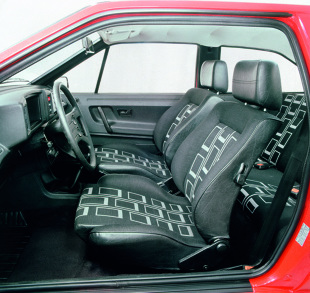 An inability to break free from the dictates of "maximum efficiency", seen in a low C-factor.x and low fuel consumption and "slave function shape", the car designers of the eighties added character to them with limited editions and other remarkably decorated and equipped versions. Extremely effective and representative of the decade of the first wave of the electronics craze is the 1985 Scirocco White Cat, all white. Most notable is the experimental twin-engined Scirocco Bi-Motor. Built two copies. The first, produced in 1981, had two 1.8 engines with 180 hp each. each, thanks to which it could accelerate to 100 km / h in 4,6 seconds and reach almost 290 km / h. The second model of 1984 had two 16-valve 1.8 engines with K-Jetronic injection with a capacity of 141 hp each. He got rims from Audi Quattro and a dashboard with liquid crystal indicators, developed by VDO.
An inability to break free from the dictates of "maximum efficiency", seen in a low C-factor.x and low fuel consumption and "slave function shape", the car designers of the eighties added character to them with limited editions and other remarkably decorated and equipped versions. Extremely effective and representative of the decade of the first wave of the electronics craze is the 1985 Scirocco White Cat, all white. Most notable is the experimental twin-engined Scirocco Bi-Motor. Built two copies. The first, produced in 1981, had two 1.8 engines with 180 hp each. each, thanks to which it could accelerate to 100 km / h in 4,6 seconds and reach almost 290 km / h. The second model of 1984 had two 16-valve 1.8 engines with K-Jetronic injection with a capacity of 141 hp each. He got rims from Audi Quattro and a dashboard with liquid crystal indicators, developed by VDO.
504 Sciroccos of the first generation and 153 Sciroccos of the second generation were produced. Few have survived in good condition. Their style and more powerful engines were too tempting.
Volkswagen Sirocco. Technical data of selected versions.
| Model | LS | GTI | GTX 16V |
| Yearbook | 1974 | 1976 | 1985 |
| Body type / number of doors | hatchback / 3 | hatchback / 3 | hatchback / 3 |
| number of seats | 5 | 5 | 5 |
| Dimensions and weight | |||
| Length x width x height (mm) | 3845/1625/1310 | 3845/1625/1310 | 4050/1645/1230 |
| Track front/rear (mm) | 1390/1350 | 1390/1350 | 1404/1372 |
| Wheelbase (mm) | 2400 | 2400 | 2400 |
| Own weight (kg) | 750 | 800 | 1000 |
| Luggage compartment volume (l) | 340/880 | 340/880 | 346/920 |
| Fuel tank capacity (l) | 45 | 45 | 55 |
| Drive system | |||
| fuel type | gasoline | gasoline | gasoline |
| Number of cylinders | 4 | 4 | 4 |
| Capacity (cm3) | 1471 | 1588 | 1781 |
| driving axle | front | front | front |
| Gearbox, type/number of gears | manual / 4 | manual / 4 | manual / 5 |
| Performance | |||
| Power (hp) at rpm | 85 on 5800 | 110 on 6000 | 139 on 6100 |
| Torque (Nm) at rpm | 121 on 4000 | 137 on 6000 | 168 on 4600 |
| Acceleration 0-100 km / h (s) | 11,0 | 8,8 | 8,1 |
| Speed (km / h) | 175 | 185 | 204 |
| Average fuel consumption (l / 100 km) | 8,5 | 7,8 | 10,5 |
See also: This is what the next generation Golf looks like
